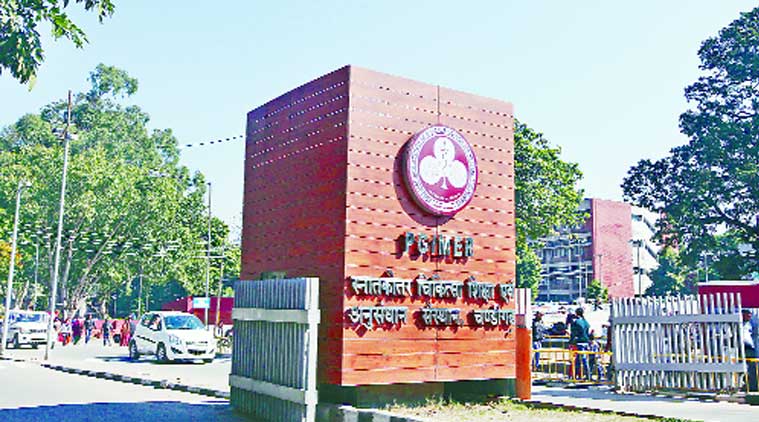Stay updated with the latest - Click here to follow us on Instagram
Last year at PGI: No one for vasectomy but 520 turned up for tubectomies
It seems women also do not want their husbands to undergo sterilisation.
 Vasectomy is a non-scalpel procedure while tubectomy is done with a laparoscope. (Source: Express Archives)
Vasectomy is a non-scalpel procedure while tubectomy is done with a laparoscope. (Source: Express Archives)
Not a single man came forward to undergo vasectomy in PGI in 2014 while as many as 520 women underwent tubectomies, reveals the annual report of the institute.
In the previous year, only one vasectomy was performed in comparison to 470 tubectomies.
Health workers say the main reason was the male-dominated patriarchal society of Chandigarh where male sterilisation was still a taboo.
Overall, 1,994 tubectomies were performed in Chandigarh, but only 74 vasectomies. The data include the procedures performed in PGI, GMSH-16, GMCH-32, ESI Ramdarbar, and Civil Hospitals in Manimajra and Sector 22.
[related-post]
“When it comes to family planning, it is easy to convince women than men. If you give educative lecture to 100 people on family planning, then 98 per cent women will come forward and only 2 per cent men. Men think that they will not be able to lift heavy weight or perform manual labour if they undergo the procedure which is not correct,” said Sunita Sharma, a social health worker.
Vasectomy is a non-scalpel procedure while tubectomy is done with a laparoscope.
“Non-scalpel vasectomy is a painless minor surgical procedure. In this, the tubes that deliver sperm from a man’s testicles to the penis are cut and sealed. It makes a person sperm-free in about 12 weeks’ time. The procedure takes hardly 10 minutes’ time and a person can get back to work the same day. No rest is required,” explained Gurjit Kaur, health visitor at the reproductive and child health programme of the Health Department.
On the other hand, “women who undergo laparoscopic tubectomy have to take rest for four or five hours in the hospital after the operation. They are also recommended seven days’ bed rest after the surgical procedure. It is not that easy in comparison to men”, she said.
Dr Santosh Kumar of the Urology Department at the PGI said, “Tubectomy is more risky and complicated in comparison to vasectomy. Female sterilisation is more painful too, still not many men come forward. Reason could be the male-dominated patriarchal society of Chandigarh, where male sterilisation is still a tabboo.”
Lack of male health workers could be another reason. “There are 186 female health workers and only eight male health workers in Chandigarh,” said a health worker.
It seems women also do not want their husbands to undergo sterilisation. “I have to stay at home, but my husband has to work. I do not want his health to suffer. So, I decided to undergo operation,” said Kalasho (38), a resident of Manimajra.
In her joint family, three other women have also undergone tubectomy, but no men.
To encourage vasectomies, the government gives Rs 1,100 to men while the incentive for a tubectomy is Rs 250.







